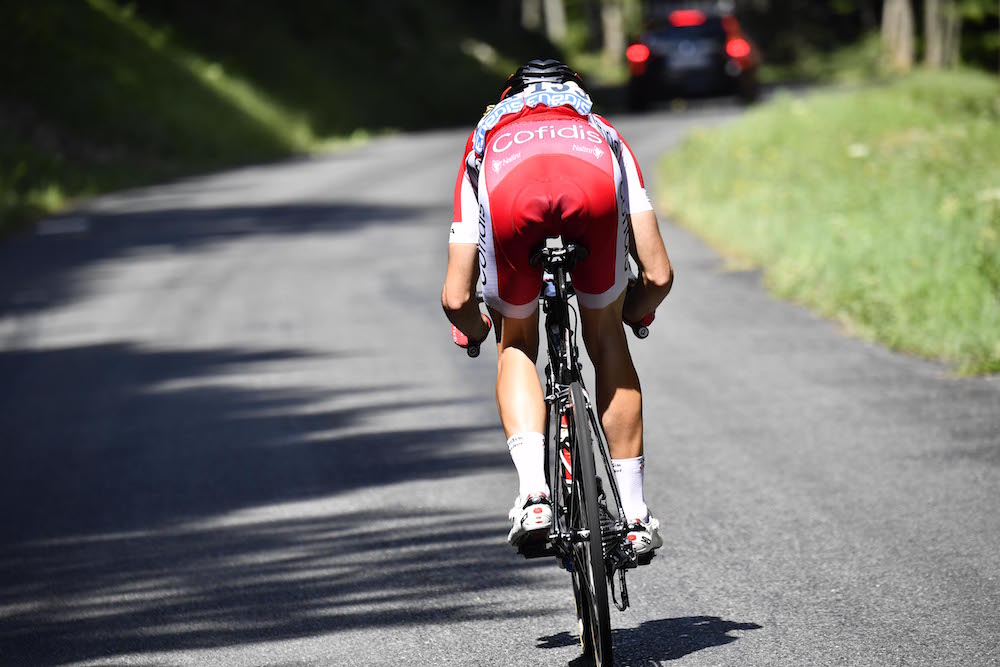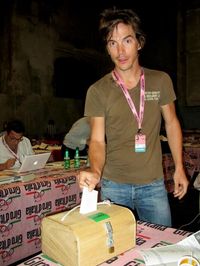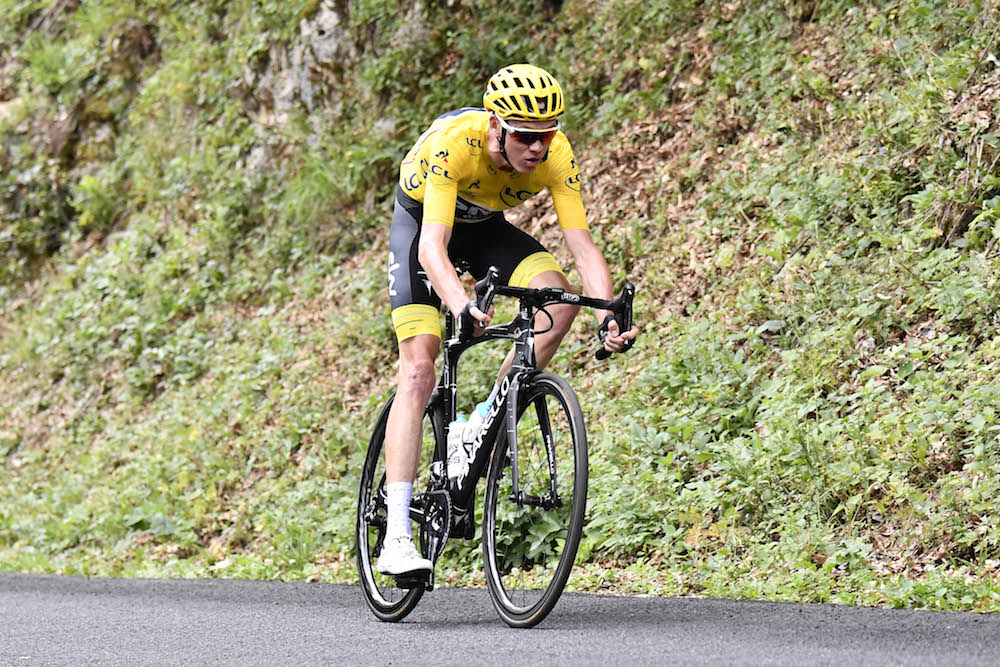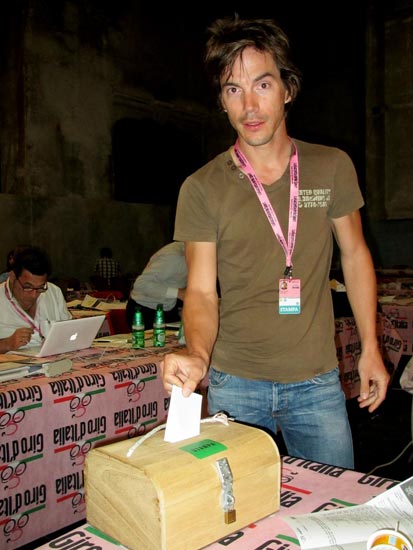Riders taking 'big risks' make Tour de France descents dangerous, says event director
Thierry Gouvenou says the descents of the Tour aren't dangerous, but riders put themselves in danger by taking too many high-speed risks

A rider descends on stage nine of the Tour de France (Sunada)

Tour de France organiser ASO says that it is not the roads, but the riders to blame for the crashes. They take "many risks" on the descents like the Mont du Chat on stage nine.
Many riders including Geraint Thomas (Sky), Richie Porte (BMC Racing), second and fifth overall, Rafal Majka (Bora-Hansgrohe) and Robert Gesink (LottoNL-Jumbo) crashed and abandoned on the slightly damp day. Some followers questioned if the ASO should re-consider using some descents.
>>> The Col d’Izoard: A giant of the Tour de France
"ASO said beforehand that the downhill was very technical, but now the cyclists take many risks descending," event director Thierry Gouvenou told Cycling Weekly.
"It's part of the tactic to go at high speeds downhill. We saw that in the Dauphiné. Yeah, it's part of their tactics to take the big risks downhill. The stage on Sunday was complicated but not dangerous. That's the difference."
Porte lost control and said that his wheel locked up before a left-hand curve. He went off road on the inside and then was catapulted over the road to the outside of the curve.

BMC Racing lost their captain due to a fractured collarbone and pelvis, while Daniel Martin (Quick-Step Floors) fell in the same crash but was able to continue.
The latest race content, interviews, features, reviews and expert buying guides, direct to your inbox!
"In the Dauphiné when we did the climb and descent, Chris Froome took much risk on the downhill and made a gap to Porte. It was the same at the Tour de France," Gouvenou added.
"Porte's weak point is descending and he took too many risks for himself Sunday. He's unable to go so fast downhill.
"And some riders crash all the time. Geraint Thomas, Eduardo Sepulveda, Daniel Navarro, Robert Gesink... They are not able to go so fast downhill. And all these riders crashed on Sunday."
The day started off with rain and the conditions made an already tricky descent of the Grand Colombier and Mont du Chat harder.
"This is a sport of machines. Now they are looking for the most powerful and best performing bikes, but we are the only sport where no one changes equipment due to weather.
"For example in Formula One, they change something on the car, but they only consider performance in cycling and change nothing."
Tour director Christian Prudhomme meets with the local dignitaries every day during the Tour de France, but Gouvenou spends his time in the lead car controlling the race. He knows the roads well because he drove every kilometre to preview them ahead of the route announcement last September.
"The biggest point is the road, if it is a bad or a clean road. Unless potholes mark the road, you can ride all of them on your bike. We don't say no to the roads unless there's some massive problems on the road," Gouvenou said.
"We look at the safety of the entire Tour route. But all the downhills present dangers, and that hinges on the riders' speed."
Gregor Brown is an experienced cycling journalist, based in Florence, Italy. He has covered races all over the world for over a decade - following the Giro, Tour de France, and every major race since 2006. His love of cycling began with freestyle and BMX, before the 1998 Tour de France led him to a deep appreciation of the road racing season.
